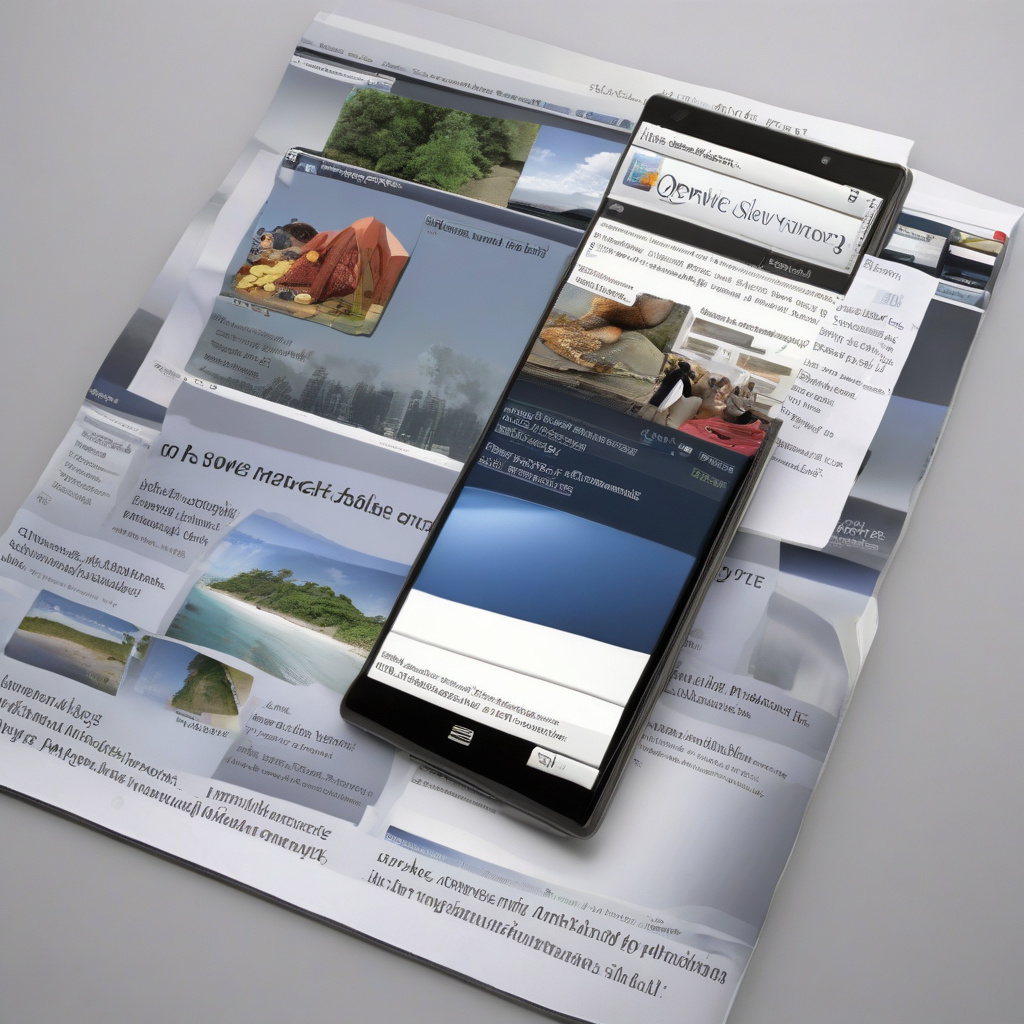OpenSilver 3.2: Bridging the Gap to Mobile Development
In the ever-evolving landscape of software development, the need for seamless cross-platform solutions has become increasingly crucial. This demand has led to innovative approaches like OpenSilver 3.2, a revamped iteration of Microsoft’s once-beloved Silverlight framework. By embracing the .NET MAUI Hybrid approach, OpenSilver 3.2 now opens the doors to mobile devices, offering developers a bridge to extend their existing Silverlight and WPF applications to this essential platform.
With OpenSilver 3.2, developers can leverage their familiarity with Silverlight and WPF to create mobile applications effortlessly. This compatibility not only streamlines the development process but also maximizes productivity by reducing the learning curve typically associated with new frameworks. By utilizing OpenSilver 3.2, developers can tap into the vast potential of mobile devices without having to start from scratch, saving both time and resources.
The significance of this advancement cannot be overstated. Mobile devices have become ubiquitous in both personal and professional settings, making them a cornerstone of modern-day communication and productivity. By extending the capabilities of Silverlight and WPF to mobile platforms, OpenSilver 3.2 empowers developers to cater to a broader audience, ensuring that their applications reach users on the devices they use most frequently.
Moreover, OpenSilver 3.2’s adoption of the .NET MAUI Hybrid approach represents a strategic decision to combine the best of both worlds. By merging the power and flexibility of Silverlight and WPF with the versatility of mobile development, this innovative framework provides developers with a comprehensive toolkit to create robust, feature-rich applications that seamlessly transition across different devices and operating systems.
In practical terms, this means that developers can now build applications that offer a consistent user experience across desktops, browsers, and mobile devices. Whether it’s a business application that needs to run on various platforms or a consumer-facing app that aims to engage users on their smartphones, OpenSilver 3.2 provides the necessary tools to achieve these objectives efficiently and effectively.
Furthermore, the migration path to OpenSilver 3.2 is designed to be smooth and intuitive, ensuring that developers can make the transition seamlessly. By retaining the core principles and functionalities of Silverlight and WPF while incorporating mobile capabilities, OpenSilver 3.2 offers a familiar yet enhanced development environment that caters to the evolving needs of the industry.
In conclusion, the release of OpenSilver 3.2 marks a significant milestone in the realm of software development, particularly for those invested in Silverlight and WPF technologies. By extending these frameworks to mobile devices through the .NET MAUI Hybrid approach, OpenSilver 3.2 not only bridges the gap between different platforms but also paves the way for a more integrated and streamlined development process. As we look towards the future of cross-platform development, solutions like OpenSilver 3.2 stand out as beacons of innovation and progress, offering developers the tools they need to succeed in a rapidly changing technological landscape.

